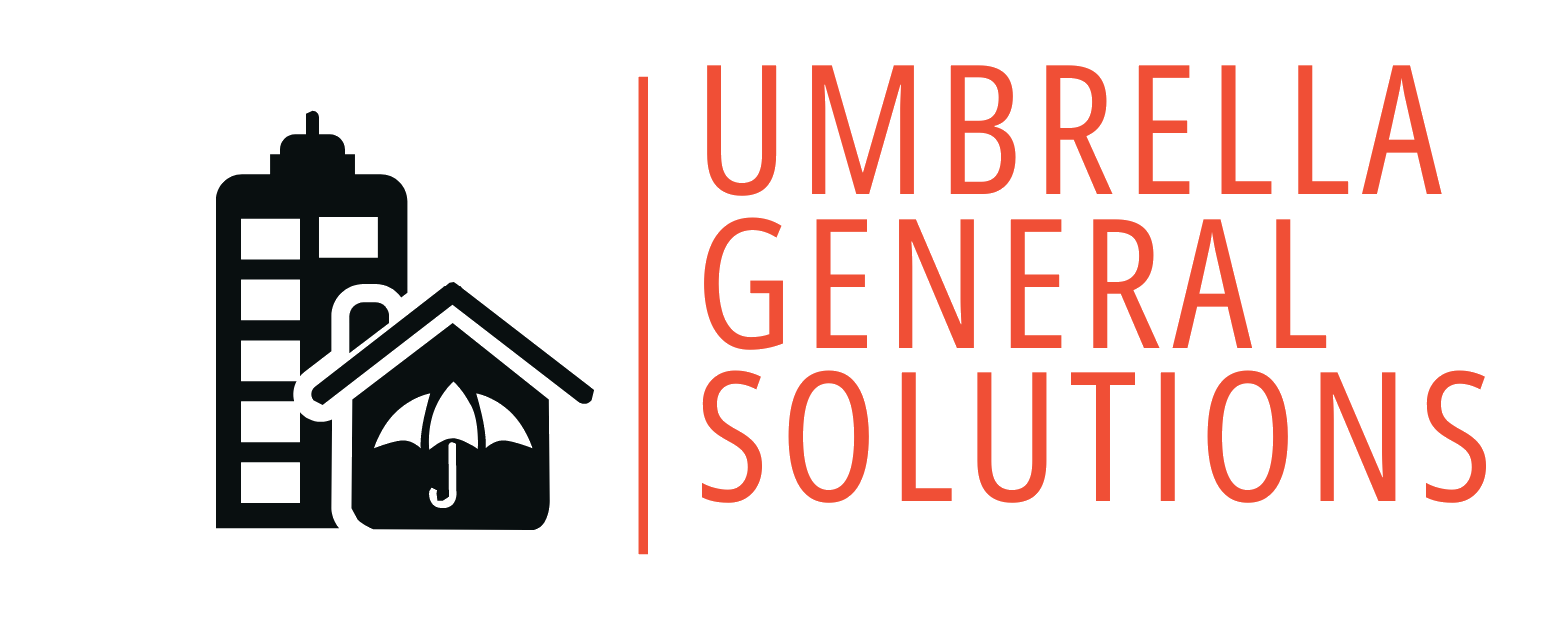Whether you’re a homeowner or property manager in Broward County, drywall damage is almost inevitable over time. From minor hairline cracks caused by humidity and settling to larger holes from accidents or hardware removal, understanding the right repair method is crucial for maintaining your walls’ smooth, flawless finish. This guide explains the best drywall repair techniques for both small and large issues, and why hiring professionals can save you time, stress, and ensure lasting results.
Understanding the Causes of Drywall Damage
Before diving into the repair process, it’s important to understand why drywall cracks or breaks in the first place. Common causes include:
- Structural settling – As homes naturally shift, hairline cracks may appear along seams or corners.
- Moisture and humidity – In humid areas like Broward County, moisture expansion can cause bubbling or warping.
- Accidental impacts – Moving furniture, door handles, or wall-mounted hardware can leave visible dents and holes.
- Improper installation or taping – Low-quality drywall work often leads to recurring cracks or uneven surfaces.

1. Repairing Hairline Cracks: A Delicate Touch
Hairline cracks are small but noticeable imperfections that often develop near joints or ceilings. While they may not affect the structure, ignoring them can make your walls look aged and unkempt.
Step-by-Step Repair Process:
- Clean the area: Lightly sand around the crack to remove loose paint and debris.
- Apply joint compound: Use a putty knife to spread a thin layer of high-quality joint compound or spackle over the crack.
- Reinforce with tape: For recurring cracks, apply a strip of drywall tape to prevent future separation.
- Smooth and sand: Once dry, sand the area until smooth and level with the wall.
- Prime and paint: Finish with primer and matching wall paint for a seamless look.
Pro Tip:
In humid climates like Broward County, always use moisture-resistant compounds and paints to minimize future cracking.
2. Repairing Small to Medium Holes: Quick Fixes that Last
Small holes, such as those from nails, screws, or wall anchors, are common in both residential and commercial spaces.
How Professionals Handle It:
- Clean and shape the hole: Scrape the edges for a clean repair surface.
- Apply patching compound or mesh: Use self-adhesive mesh patches for holes up to 2 inches wide.
- Layer and sand: Apply two to three thin coats of compound, letting each layer dry before sanding.
- Prime and paint: Once smooth, paint to match the rest of the wall.
This method restores the wall’s appearance without visible patch marks or uneven textures.
3. Repairing Larger Holes: Professional Patching and Seam Blending
When the hole is larger than a few inches, perhaps from a doorknob, plumbing repair, or impact, the fix requires more skill and precision.
Professional Repair Steps:
- Cut out the damaged section: Technicians remove the affected drywall area into a clean square or rectangle.
- Insert a drywall patch: A new piece of drywall is securely fitted using backing supports.
- Tape and compound: Joint tape and multiple compound layers are applied to reinforce the seam.
- Sand for smoothness: Professionals use fine sanding tools to ensure an even finish that blends seamlessly with surrounding walls.
- Prime and paint: The final touch restores uniform color and texture, making the repair invisible.
Why Professional Help Matters:
DIY drywall repairs often leave visible bulges, uneven surfaces, or mismatched paint. Professionals use industrial-grade tools, dust-free sanding systems, and exact paint matching for a clean, durable finish.
4. Preventing Future Drywall Damage
- Control indoor humidity with dehumidifiers or HVAC systems.
- Install door stoppers to prevent handle dents.
- Check for foundation settling if cracks frequently reappear.
- Schedule periodic inspections for signs of water damage behind walls.
By maintaining your home’s environment and addressing minor issues early, you can prevent major drywall damage in the long run.
When to Call the Professionals
If you notice:
- Recurring cracks after repairs
- Soft or damp drywall areas
- Holes larger than 3–4 inches
- Peeling paint or visible seams
…it’s time to call a licensed drywall repair expert in Broward County. Professional repair ensures your walls are structurally sound, visually flawless, and ready for painting or refinishing.
Conclusion: Keep Your Walls Smooth, Safe, and Beautiful

Whether you’re dealing with tiny hairline cracks or significant wall damage, knowing the difference and applying the right drywall repair technique is key to preserving your home’s integrity. Professional drywall repair services in Broward County combine the right tools, materials, and experience to deliver long-lasting, picture-perfect results.
Call to Action
Don’t let cracks or holes take away from your home’s appearance. Contact(https://umbrellageneralsolutions.com/contact/) our Broward County drywall repair specialists today for fast, reliable, and seamless wall restoration. We’ll make your walls look brand new again!




